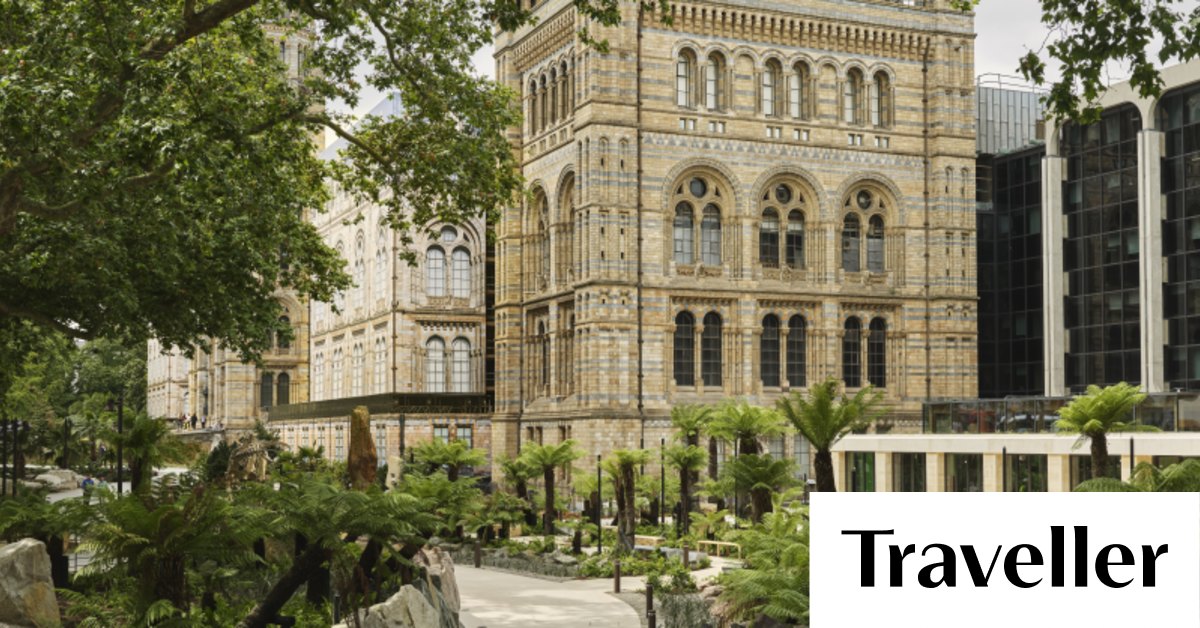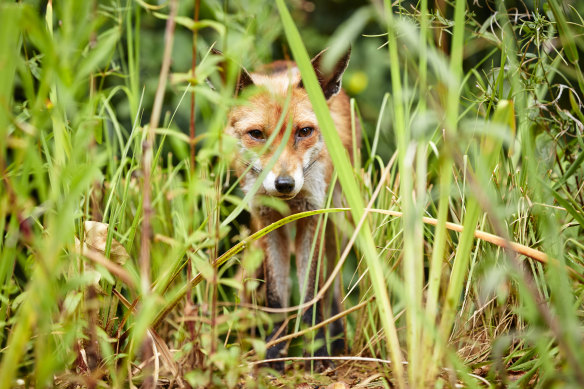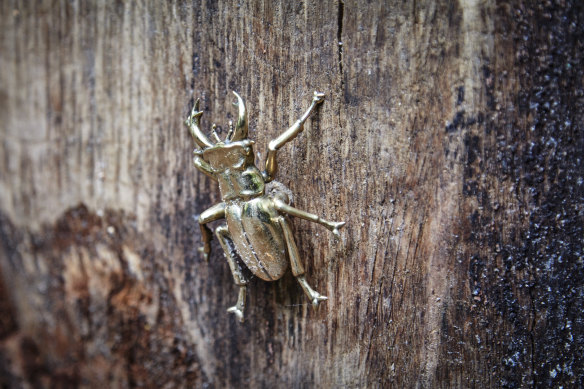Travel
London’s transformed ‘living laboratory’ is a one of a kind

London’s much-loved Natural History Museum has breathed fresh air into the story of our planet with the reopening of its two-hectare gardens.
The Evolution Timeline Wall leading into the Evolution Garden.
The space that wraps around the museum proper has been transformed into two outdoor living galleries: the Nature Discovery Garden supported by the Cadogan Charity and the Evolution Garden.
The South Kensington site is free to visit and features a new bronze cast of the museum’s much-loved diplodocus, playfully named Fern.
But there’s serious ambition afoot as well. The museum says the gardens are a “living laboratory”, and one of the most intensively studied urban nature sites of its kind in the world.
Scientists are observing wildlife and collecting eDNA (environmental DNA) samples from the gardens. A network of sensors gathers environmental and acoustic data, monitoring underwater sounds in the pond, the buzz of insects, bird calls and traffic noise – to help researchers understand how urban nature is changing and what can be done to support its recovery.

The Wildlife Garden has expanded.Credit: NHM London
To date, 57,000 visual wildlife observations have been uploaded to the museum’s collection system, comprising historic data collected from the gardens since 1995 and that from the transformed gardens which opened in July, 2024.
Meanwhile, visitors can enjoy themselves in the Wildlife Garden, which has double the area of native habitats of previously. The pond area has been increased by 60 per cent to better support animal and plant life diversity.

Learn about the history of our planet in the Evolution Garden.Credit: NHM London








